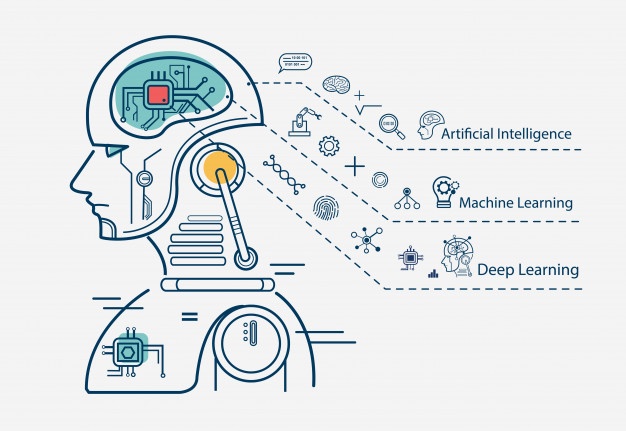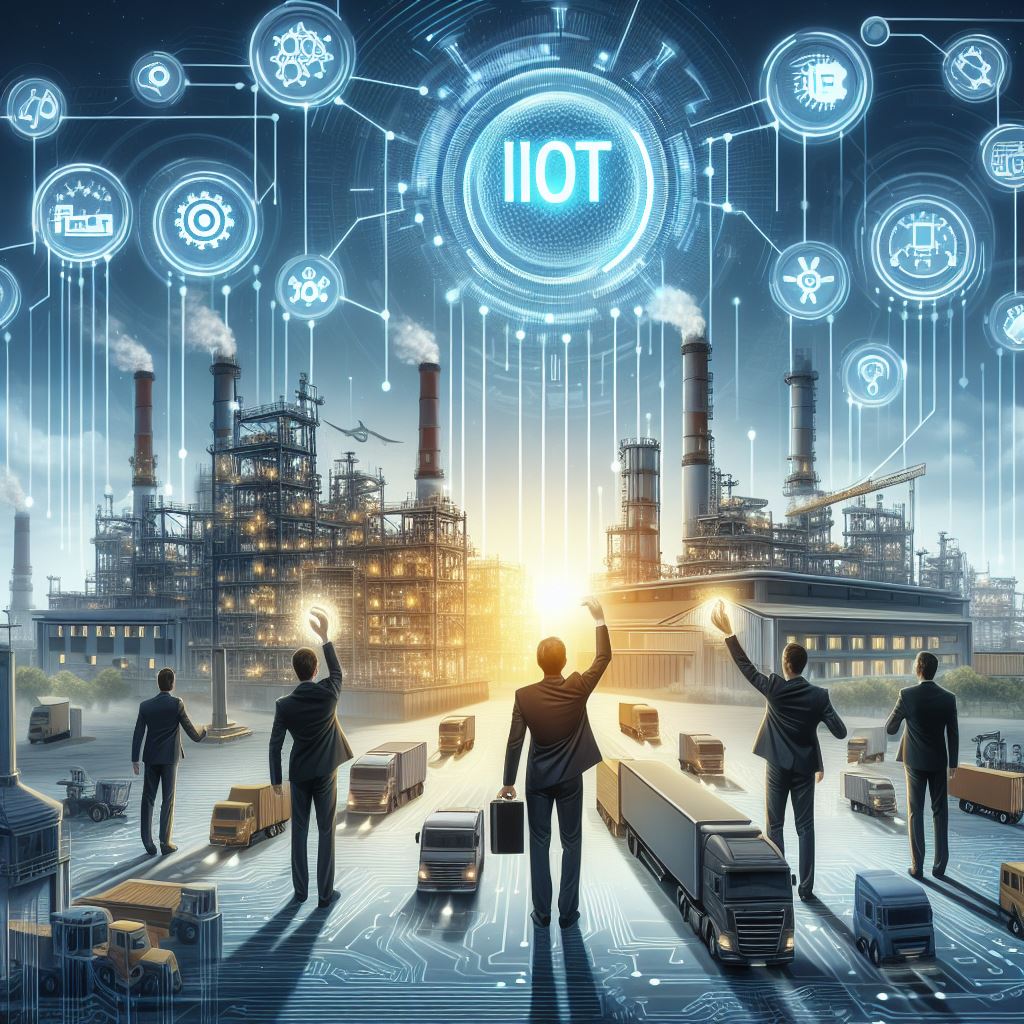The digital transformation in the retail industry has been happening for years. It has increased the speed, productivity, and validity of the retail business. None of these insights would be possible without the internet of things (IoT), and most significantly, artificial intelligence (AI). AI in retail has permitted businesses to getaccurate data and information that willleverage into better retail operations and to grow new businesses. It is forecasted that more than 85% of enterprises will be using AI by 2021.
How AI in Retail Looks Like?
Today’s dynamic retail industry is made on a brand-new covenant of data-driven retail experiences and heightened consumer expectations. But delivering a customized shopping experience at scale — that’s relevant and valuable — is not an easy task for retailers. So, what exactly does that look like? Here are a few examples of how AI in retail is reshaping the whole industry.
- Adaptive Homepage
To reflect the customers present context, previous purchases, and shopping experience the digital portals are recognizing customers and customizing their e-retail experience accordingly.
- Inventory Management
AI in retail is creating better demand forecasting. By filtering awarenessfrom the market, purchaser, and contender information, AI business insight predicts industry moves and propose proactive changes to an organization’s promoting, marketing, and business methodologies.
- Interactive Chat
Chatbots use AI and machine learning to converse with customers, answer common questions, and direct them with helpful answers and outcomes. For that these bots collect productive customer data that can be used to make future decisions.
- Emotional Response
By perceiving and deciphering facial, biometric, and sound prompts, AI interfaces can character customers’ in-the-second emotions, responses or mentality and convey fitting items, suggestions, or support — guaranteeing that a retail commitment doesn’t miss its imprint.
- Guided Discovery
As users hope to build trust in a purchase choice, some automated assistants can help filter down the results by suggesting items dependent on customers’ necessities, inclinations, and fit.
- Personalization
Retails are using AI and advanced algorithms to understand what a customer might be interested in based on things like demographic data, social media behaviour, and purchase patterns. They can further improve the shopping experience and service, both in stores and online by using these data.
- Customer Engagement
Retailers can use IoT-enabled technologies to interact with customers. So that they can get important insights on customer persona without ever directly chatting with them.
- Demand Forecasting
For an organizations advertising, promoting, and business strategies AI business intelligence tools promotes forecast about industry moves. They extract awareness from the market, customer and by competitor analysing to make a proactive improvement.
The Need for AI in the Retail Industry
To drive continued interest, retailers got to differentiate their products and offer consumers compelling service and experiences. By integrating predictive analytics to collect more market insight, retailers can lead with innovation instead of reacting to varying demands. To serve a wider range of customer demands that are moving from mainstream to niche, retailers got to rethink their traditional supply chain in favour of adaptive and versatile ecosystems which will quickly answer consumers’ shifting behaviours.






